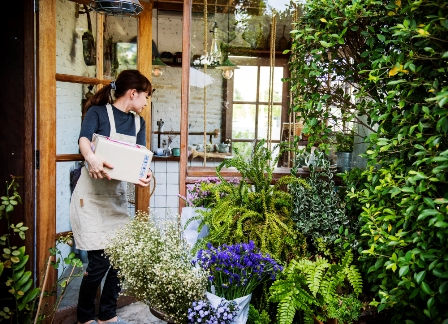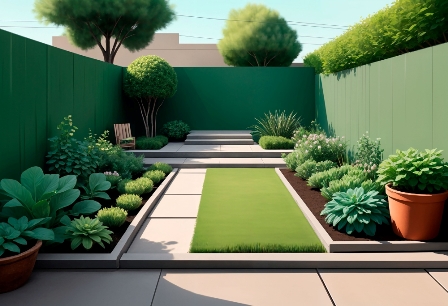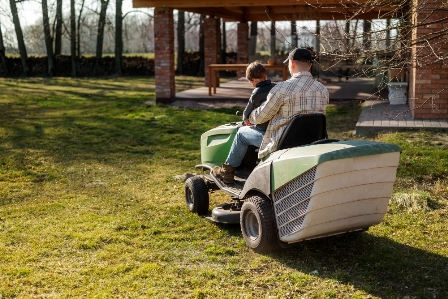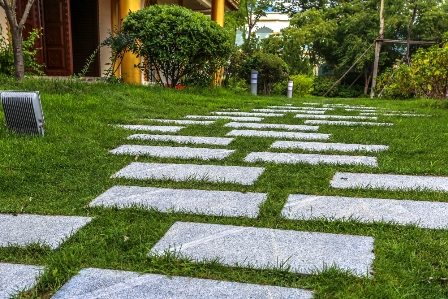Landscaping is more than just arranging plants and rocks; it’s about transforming your outdoor space into a haven of beauty and functionality. In this article, we’ll explore a myriad of ideas to turn your landscaping dreams into reality, combining practicality with aesthetics for a stunning home exterior.
Landscaping is an art that not only enhances the curb appeal of your home but also creates a soothing retreat for you and your family. Whether you have a sprawling backyard or a cozy front yard, the right landscaping can elevate your living experience.
Assessing Your Space
Understanding your space is the first step in creating a landscape that suits your needs. Analyze sunlight and shade patterns, evaluate soil quality, and consider the available space for optimal planning.
Dreaming Up Your Landscape
Before you start digging, create a vision board. Consider functionality along with aesthetics, and incorporate your personal style into the design. Your landscape should be an extension of your personality.
Budgeting for Your Dream Landscape
Setting a budget is crucial for a successful landscaping project. Prioritize elements based on your preferences and explore cost-effective options without compromising quality.
Choosing the Right Plants
Selecting the right plants is essential for a thriving landscape. Opt for native plants, mix textures and colors, and ensure year-round interest with the inclusion of evergreens.
Hardscaping: Adding Structure and Style
Design functional pathways, install eye-catching patios, and incorporate aesthetically pleasing structures. Hardscaping provides the backbone and style to your landscape.
Lighting for Ambiance
Lighting can transform your landscape into a magical retreat. Choose energy-efficient options, highlight key features, and create an inviting atmosphere for evening gatherings.
Water Features: Serenity in Your Backyard
Integrate water features for a touch of serenity. Whether it’s a fountain, pond, or waterfall, water elements add a calming effect to your outdoor space.
Sustainable Landscaping Practices
Embrace sustainability by using eco-friendly materials, implementing water-saving irrigation systems, and encouraging wildlife with native plants. A sustainable landscape is not only beautiful but also environmentally conscious.
Maintenance Tips for a Lasting Landscape
Maintaining your landscape is crucial for its longevity. Regular watering, proper fertilization, pruning, and seasonal clean-ups are essential for a polished and well-kept outdoor space.
Common Landscaping Pitfalls and How to Avoid Them
Avoid common pitfalls by proper planning, regular maintenance, and considering local climate and soil conditions. Learn from mistakes to ensure your landscape stands the test of time.
Frequently Asked Questions (FAQs)
Designing a low-maintenance landscape involves choosing hardy plants, incorporating hardscaping elements, and implementing efficient irrigation systems.
Cost-effective hardscaping options include using gravel or decomposed granite for pathways, opting for concrete pavers, and exploring DIY projects for outdoor structures.
Yes, plants like lavender, bee balm, and coneflowers attract pollinators like bees and butterflies. Incorporating these plants enhances biodiversity in your landscape.
The frequency of watering depends on factors like soil type and weather conditions. Generally, aim for deep, infrequent watering to encourage healthy root growth.
Perform seasonal clean-ups in spring and fall to prepare your landscape for the upcoming seasons. Remove debris, prune plants, and refresh mulch for a tidy appearance.
Conclusion
Turning your landscaping dreams into reality is an exciting journey that involves careful planning, creativity, and a touch of practicality. By assessing your space, budgeting wisely, and incorporating sustainable practices, you can create a landscape that not only captivates but also stands the test of time.











Find Us on Socials